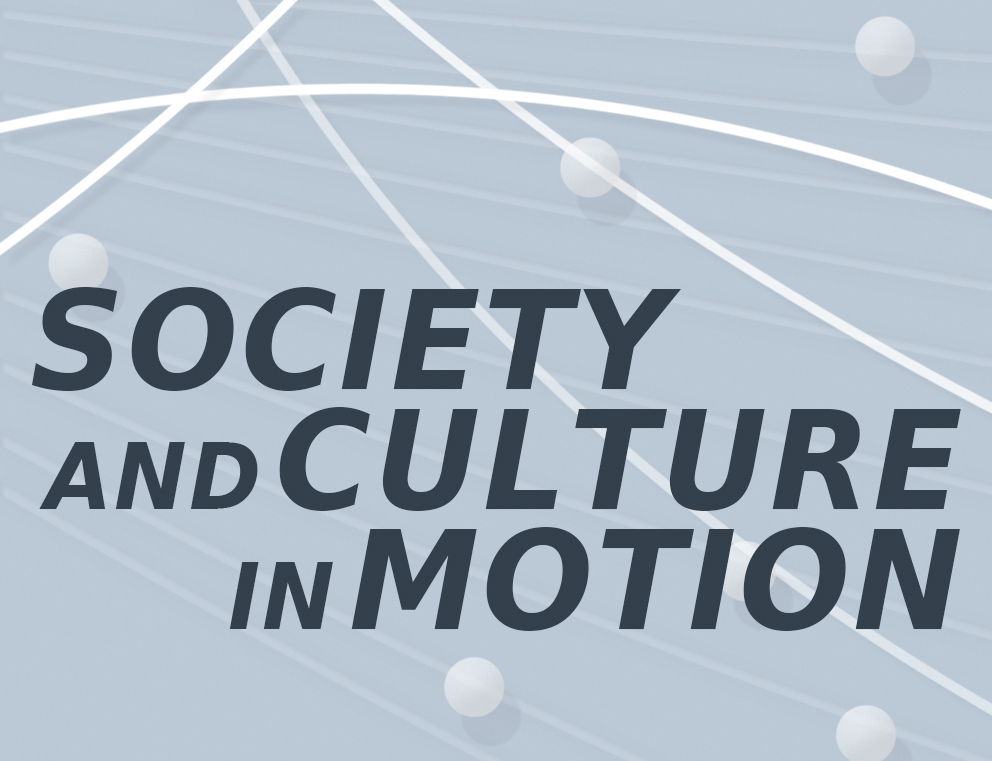Western Science and the 'hadit-problem'. A review
by Dr. Elvira Wakelnig
Based on
- Motzki, Harald: Dating Muslim Traditions: A Survey, in Arabica 52.2 (2005), p. 204-253.
- Berg, Herbert: The Development of Exegesis in Early Islam. The Authenticity of Muslim Literature from the formative period, Curzon Press 2000, p. 6-64.
The aim of occidental scholars when concentrating on hadits: reconstruction of Islamic history, especially as sources for the first two centuries of Islam are mostly not earlier than from the third century
Met Methods for the dating of hadit:
1. Ignaz Goldziher (Muhammedanische Studien II, 1890):
- Goldziher accepted the idea that the Companions preserved the words and deeds of their Prophet, even that they passed it on starting to use isnad
- -> this acception is crucial for his assumption of the forgery of hadit in the following centuries: why should something be forged which was not known for having its origin in the time of the Prophet?
- According to Goldziher invention of and interpolation into hadits began very early: Umayyad and first century of the Abbasid caliphate
- 4 Methodological principles:
anachronisms; traditions which display a secondary stage in development are younger; traditions which show the Prophet or early Muslims in an unfavourable light are authentic and early; reproaches among opponents might have a historical kernel. - -> Goldziher accepted the practice of preserving hadits and some hadits as authentic, but ’the vast stock of hadits induces sceptical caution rather than optimistic trust’.
2. Joseph Schacht (The Origins of Muhammadan Jurisprudence, 1950):
- framework for his dating of hadit: his reconstruction of the development of jurisprudence
- Schacht’s assumption: before al-Safi’i (d. 204/820) reference to traditions from Companions and Successors was the rule, reference to traditions from the Prophet the exception, al-Safi’i changed that, made the exception the principle -> therefore traditions from the Prophet started to be forged on a large scale -> traditions from Companions and Successors must be earlier
- date of a hadit can be ascertained from its first appearance in the legal discussion = argument from silence
- Schacht’s observation: isnads of similar hadits have the same transmitter somewhere in the middle of the isnad = common link (cl) -> after the time of the cl: ’the real part of the isnad’, before: ’the fictitious part of the isnad’, cl = terminus a quo
- phenomena detectable concerning isnads: backwards growth of isnads (later isnads are going back to a higher authority than earlier ones), spread of isnads (later isnad variants with additional authorities or transmitters)
3. G. H. A. Juynboll (Muslim Tradition, 1983):
- Juynboll’s assumption: earliest standardized hadit-material not before the seventies and eighties of the first century (higri); likely candidate for bringing a tradition into circulation a successor or a successor’s successor
- Juynboll distinguished between legal hadit with a common link-pattern (single strand from the cl back to the Prophet) which is suspect and historical hadit with an inverted common link-pattern (multiple strand from cl back to various eyewitnesses) which is reliable
- further phenomena dectable within isnads: dives, spiders
4. Michael Cook (Early Muslim Dogma, 1981)
- criticized the method of the common link for dating hadit, suggested cases in which a common link would be also developed if a tradition was forged


